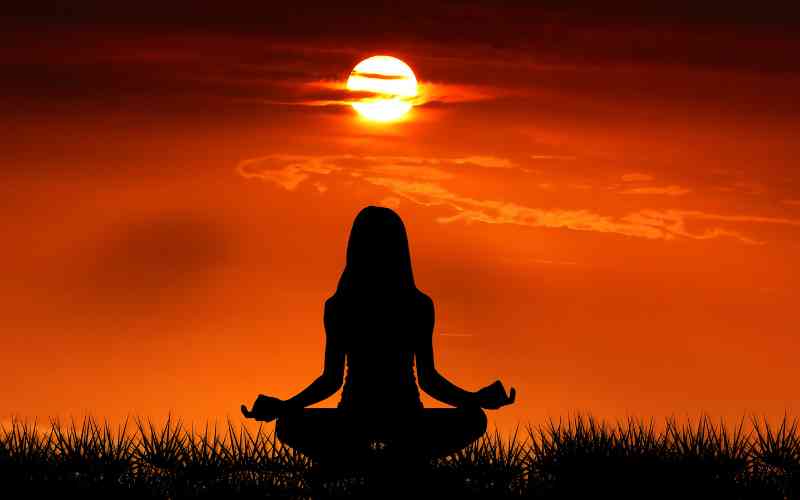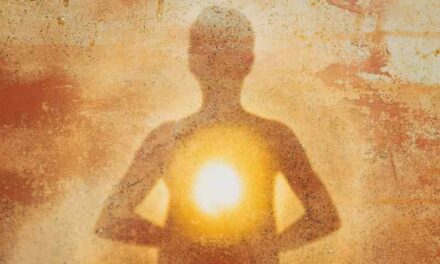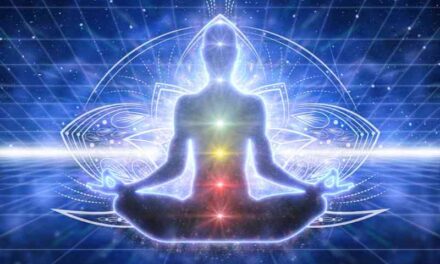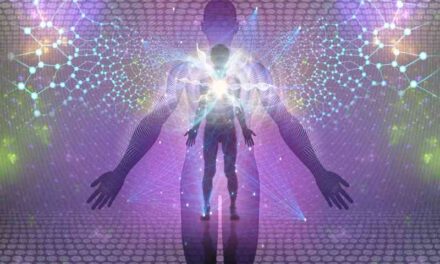The human mind is a powerful tool that possesses the abilities of understanding, intelligence, and insight. The human body consists of three elements, the physical body, the mental body, and the causal body. These three components represent different aspects of human life. The physical body is the reflection of one’s existence, the mental body reflects one’s knowledge, and the causal body reflects one’s joyous creativity.
Though these elements are forms of consciousness, they appear to be separate in their unique qualities. Intelligence or ‘buddhi’ is the reflection of the power to know or ‘chit.’ Intelligence is what makes the mind knowledgeable. The brighter the intelligence, the wider, deeper, and truer the knowledge becomes. Knowing things, people, and oneself are all functions of intelligence, with self-knowledge being the most important that contains the other two.
Misunderstanding oneself and the world around can lead to false ideas and desires that lead to bondage. Understanding oneself correctly is essential to attain freedom from the illusion of bondage. While this concept is easy to comprehend in theory, it becomes challenging to put into practice, especially in quick decision-making scenarios. The mind fails to respond appropriately, leading to inappropriate reactions, and adding to one’s bondage. The quick pace of life does not give one’s dull and slow mind enough time to catch up, leading to a repetition of old mistakes.
When asked what the problem is, the individual admits that they need a quick and spontaneous response to life, not only intelligence. The response must be perfect, which can only be achieved through spontaneity. The master responds by saying that the mind can do nothing to attract the sun, but it can keep itself bright.
As soon as the mind is ready, the sun shines in it. The light that shines in the mind is of the Self and the mind, uncaused and unvarying by itself, but colored by the mind as it moves and changes. It is like a cinema; the light is not in the film, but the film colors the light and makes it appear to move by intercepting it.
When asked if the master is in the perfect state, he replies that perfection is a state of the mind when it is pure. He is beyond the mind, pure or impure. His nature is awareness, and ultimately he is beyond being and non-being. The individual asks if meditation can help them reach their master’s state.
The master responds that meditation can help find one’s bonds, loosen them, untie them, and cast one’s moorings. When the individual is no longer attached to anything, they have done their share, and the rest will be done for them by the same power that brought them so far, prompted their heart to desire truth, and their mind to seek it. This power keeps them alive, and they can call it Life or the Supreme.
The individual asks the master about the same power that kills them in due course. The master asks if the individual was present at their birth and if they would be present at their death. The individual realizes that they were present at both events and wonders who is always present. The master responds that the individual should find that entity and their problem of spontaneous and perfect response will be solved.
The individual argues that the realization of the eternal and effortless and adequate response to the ever-changing temporary event are two different questions, and the master seems to roll them into one. The master responds that to realize the eternal is to become the eternal, the whole, the universe, with all it contains. Every event is the effect and the expression of the whole and is in fundamental harmony with the whole. All responses from the whole must be right, effortless, and instantaneous.
Q: How can I develop such inquiry and dispassion?
M: Enquiry and dispassion come with the maturity of the mind. The urge to question is the beginning of intelligence. The maturity of the mind is shown in the acceptance of responsibility for the consequences of one’s actions and in the absence of resentment and regret.
Q: Is there no such thing as a quick and spontaneous response?
M: All quick and spontaneous responses are animal in nature and mostly injurious. It is the gradual and cautious ones that improve with practice and are beneficial.
Q: Can one practice spontaneity?
M: Spontaneity is natural to the mind when it is free of attachments. It is blocked by attachments and cravings. Anger is a powerful obstruction.
Q: How does one become free of attachments?
M: By eliminating the desire for them. Attraction is natural. Attachment is a hindrance.
Q: What is the method of elimination?
M: Discrimination between the real and the unreal. The unreal must be left behind, however attractive it may be. It merely obstructs the pursuit of the real. To seek the real, the very desire for the unreal must be understood and abandoned.
Q: How is it done in practice?
M: To know the unreal as unreal and to give up the unreal for the real is liberation, also called self-realization. To know that you are neither in the body nor in the mind, though aware of both, is self-realization. It has nothing to do with the seeing, or with the experiencing. It is beyond all that because it is neither cognition nor affectation, but the simple feeling of “I am” that prevails all experiences.
Q: The simple feeling of “I am” — can it be called self-realization? M: When it includes everything, it is the Supreme state. When it remains pure — the sense of being — it is the self. When it is understood as a state of being, attained by sadhana (spiritual practice), it is yoga.





